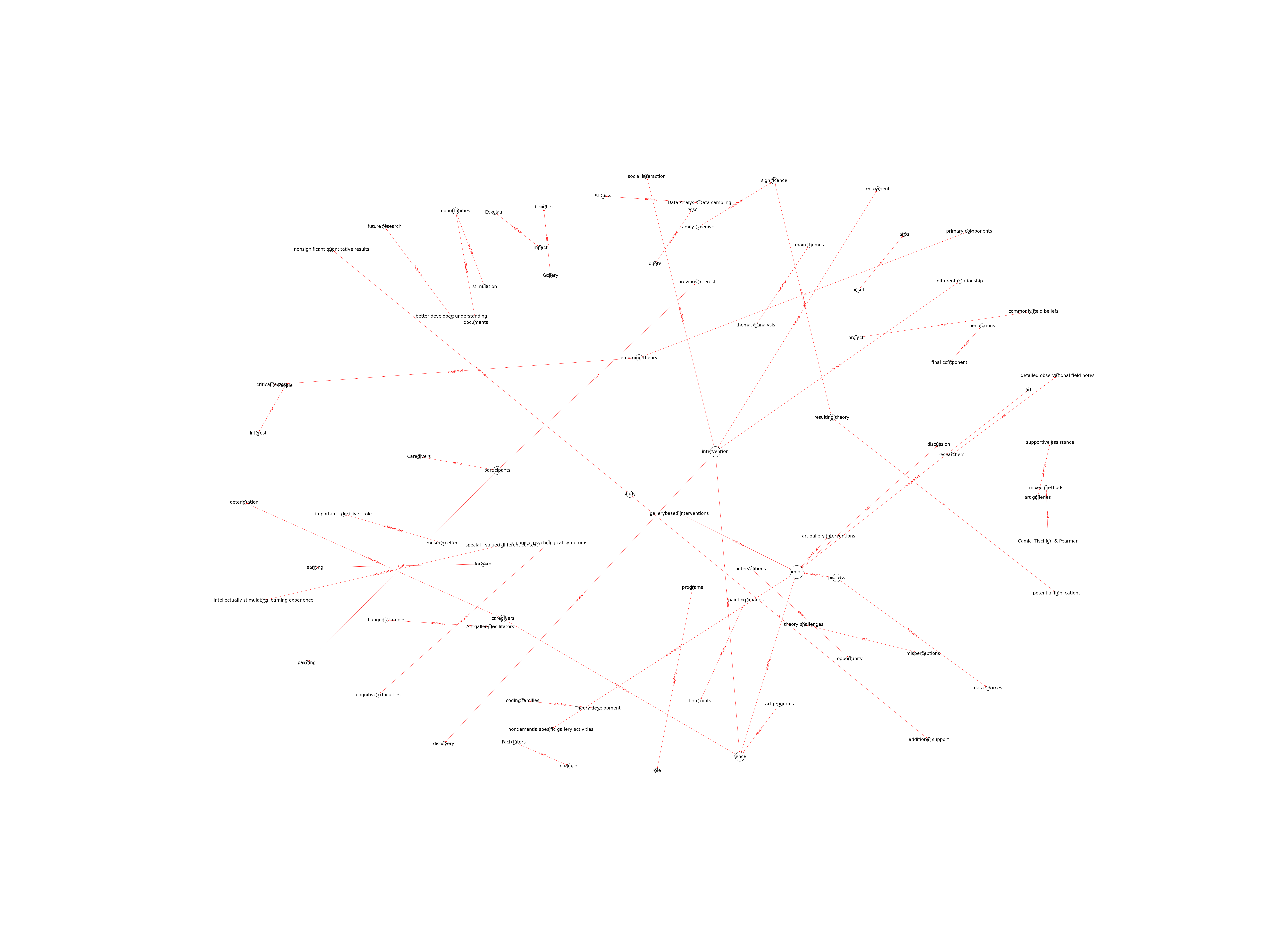| Id | 730 | |
| Author | Camic P.M., Baker E.L., Tischler V. | |
| Title | Theorizing how art gallery interventions impact people with dementia and their caregivers | |
| Reference | Camic P.M., Baker E.L., Tischler V.; Theorizing how art gallery interventions impact people with dementia and their caregivers ;Gerontologist vol:56 issue: 6 page:1033.0 |
|
| Keywords | Art galleries and museums; Arts and health; Caregivers; Creativity; Dementia care; Grounded theory; Public health |
|
| Link to article | https://www.scopus.com/inward/record.uri?eid=2-s2.0-85014617346&doi=10.1093%2fgeront%2fgnv063&partnerID=40&md5=1a246cbfd1a1999e97f256ede42cc4b9 |
|
| Abstract | Purpose of Study: Dementia refers to a variety of diseases that are characterized by cognitive difficulties and an overall decline in daily living skills. Psychologically informed arts and health programs may be particularly beneficial ways of improving the lives of people with dementia and their caregivers. This study sought to better understand how programs at contemporary and traditional art galleries might play a role in the lives of people with dementia. Design and Methods: Participants included 12 people with mild-to-moderate dementia, their 12 caregivers and 4 gallery facilitators. Those with dementia and their caregivers were engaged in art viewing followed by art making over an 8-week period. Data, collected through postintervention interviews with participants, field notes and extensive written communication between the facilitators and research team, were analyzed using grounded theory methodology to theorize how gallerybased interventions affect people with dementia and those who care for them. Results: The emerging theory has four primary components: the art gallery is seen as being a physically valued place that provides intellectual stimulation and offers opportunities for social inclusion that can change how dementia is perceived. These components coalesced to create positive emotional and relational effects for those with dementia and caregivers. Implications: The resulting theory has potential implications for the use of gallery-based programs in dementia care within public health, healthcare, and museum/art gallery policy and practice. © The Author 2015. |
|
| Metodology | Technique |

Note: Due to lack of computing power, results have been previously created and saved in database


